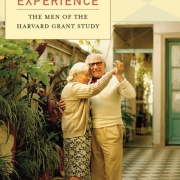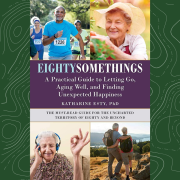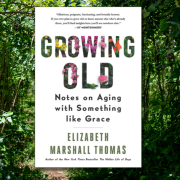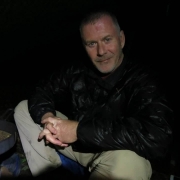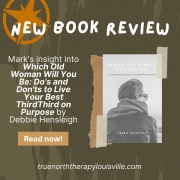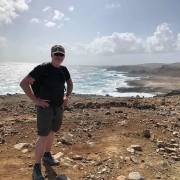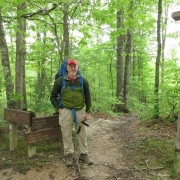Can You Outrun a Bad Diet? | Healthy Aging Series: S8, E3
Reading time: 4 minutes. Can You Outrun a Bad Diet? Endurance athletes have one thing in common. Regardless of age, they run to eat! I can remember finishing a long training run for the Air Force Marathon, and remember finishing my summit to the top of Mount Whitney. I remember backpacking out of the Grand…


